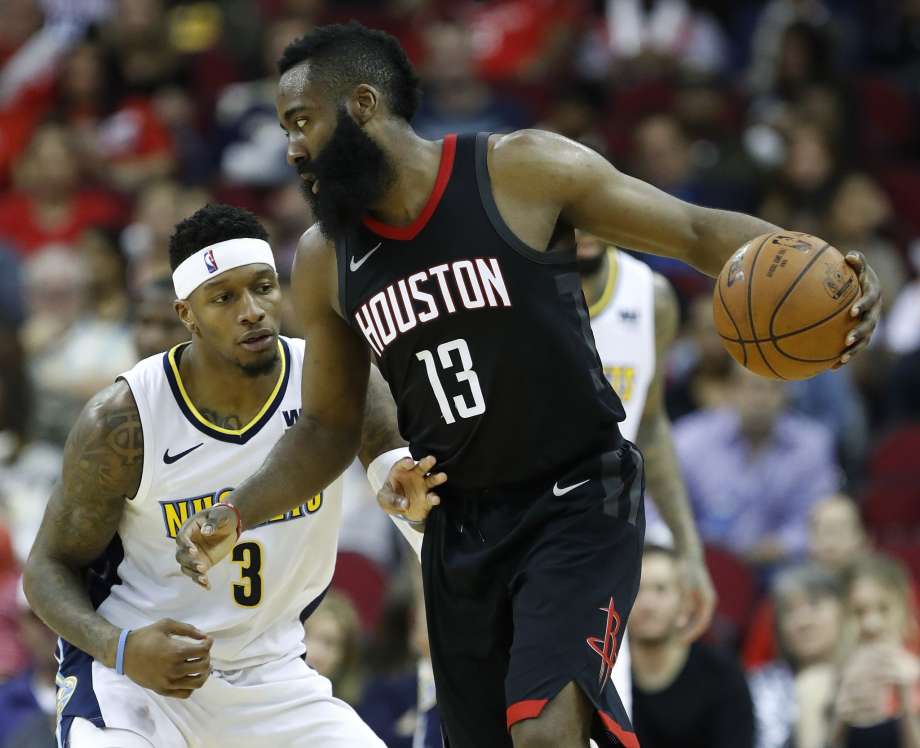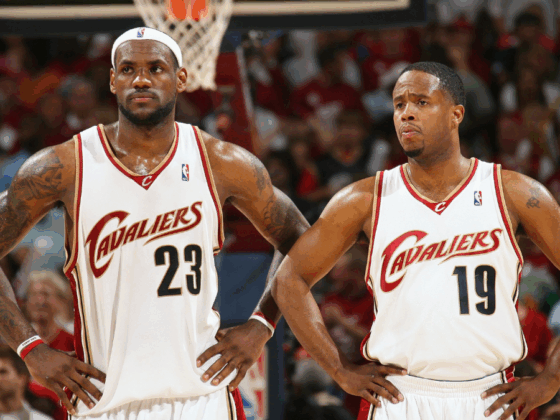
Last fortnight’s NBA Power Rankings are right here.
All team statistics are recorded as of games played on Feb. 10th. This model is now using BBRef data which doesn’t overestimate possessions at the same rate that NBA.com/stats does. A few of the Sunday contests aren’t included in the model, which marginally affects the results.
If you’d like to read these rankings’ methodology, then check the postscript at the end.
Here are the results after the 17th week of NBA action. Because the NBA Power Rankings’ data was not compiled using rolling averages, extraordinarily hot/cold teams aren’t given strikingly high/low valuations; rather it’s an evaluation/estimation of a team’s winning success given its year-long offensive and defensive execution.
With the amount of recent roster turnover, there will be a few teams (like Cleveland) that will be tougher to evaluate because of the lack of a reasonable sample size of their new personnel. Prime example would be yesterday’s Cavs/Celtics matchup.
Notes for this week’s rankings
- Notable Risers – Pacers up 4, Bucks, Nuggets up 2
- Notable Decliners – Pelicans down 6– the injury to DeMarcus Cousins is likely too much to overcome, as the Clippers remain steady and the Jazz are surging.
Postscript: Frame of Reference for NBA Power Rankings
Once again: I’ve created two models. One that predicts team win percentage given a variety of statistics that I tested in a random forest model and another that’s based on hierarchical clustering. It is not a matter of who beat whom.
I should also stress that wins and losses that greatly affect a team’s net rating manifest in the final product. Therefore, if a team loses by 40, as the Magic did to the Jazz on Nov. 17, then their ranking could suffer and the opponent’s rating could flourish above expectation.
As a reminder, here’s a snapshot of the final result for the 2016-17 NBA Power Rankings: 






